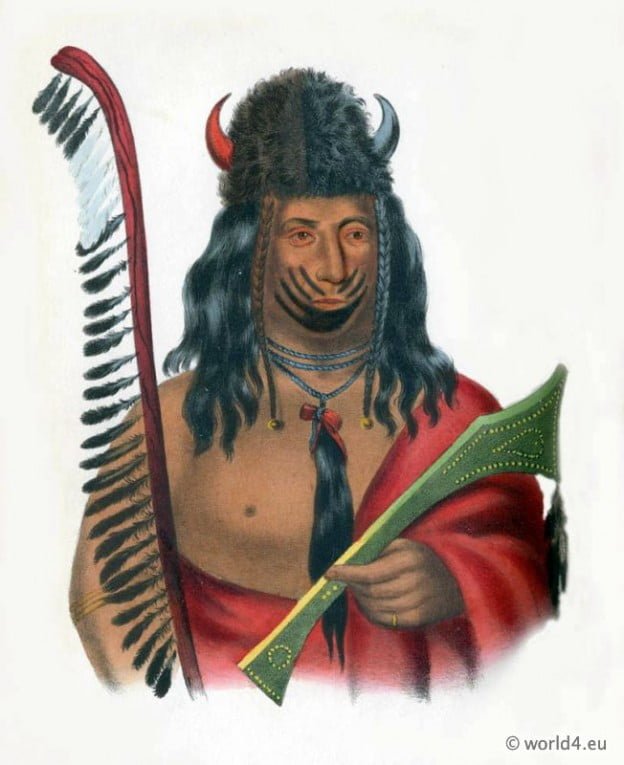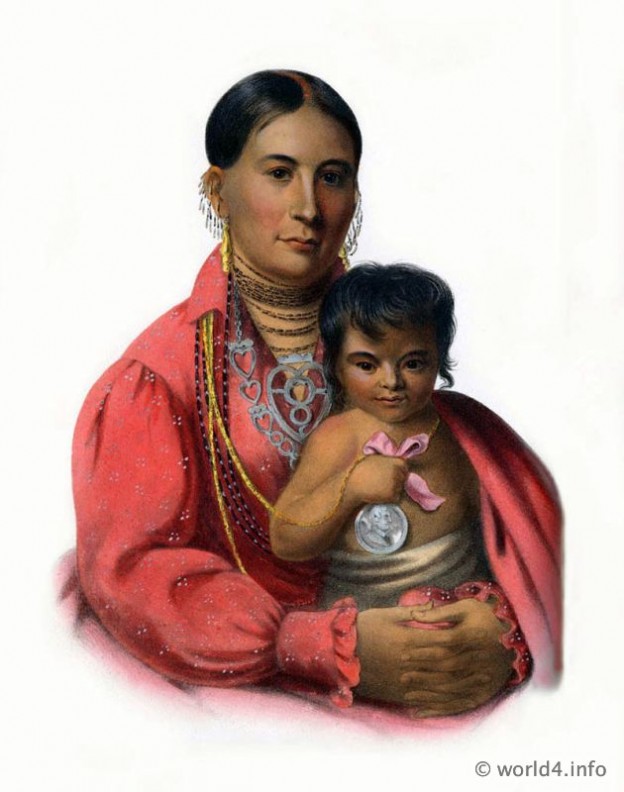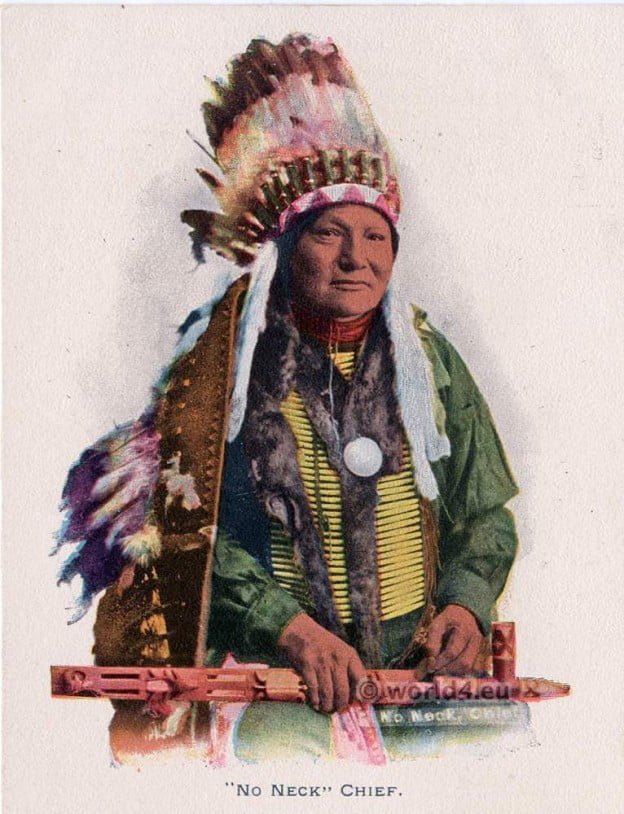Among the Fox braves who appeared at Washington in 1837, was Kishkekosh, or The man with one leg.
Tag: American colonialism
Yoholo Micco, A Creek chief. Leader of Eufaula Town.
Yoholo Micco was principal chief of the Eufaula town. He was the speaker of the Creek nation.
SHARITARISH a Pawnee Chief.
Sharitarish was principal chief, or head man of the Grand Pawnees. He was descended from a line of chiefs
Mohongo, an Osage Woman with her child. Native American.
She was one of a group of seven members of her tribe to be exhibited in Europe.
Osceola, a Seminole Leader, son of a Creek chief.
Osceola, a Seminole Indian, was the son of a Creek chief who was killed in a 1808 battle with U.S. troops.
Hunkpapa Sioux chief “No Neck” who surrendered with Crazy Horse.
The Hunkpapa or Húŋkpapȟa (formerly often rendered as Honkpapa) are a North American Indian tribe and belong to the Lakota of the Sioux language family.






